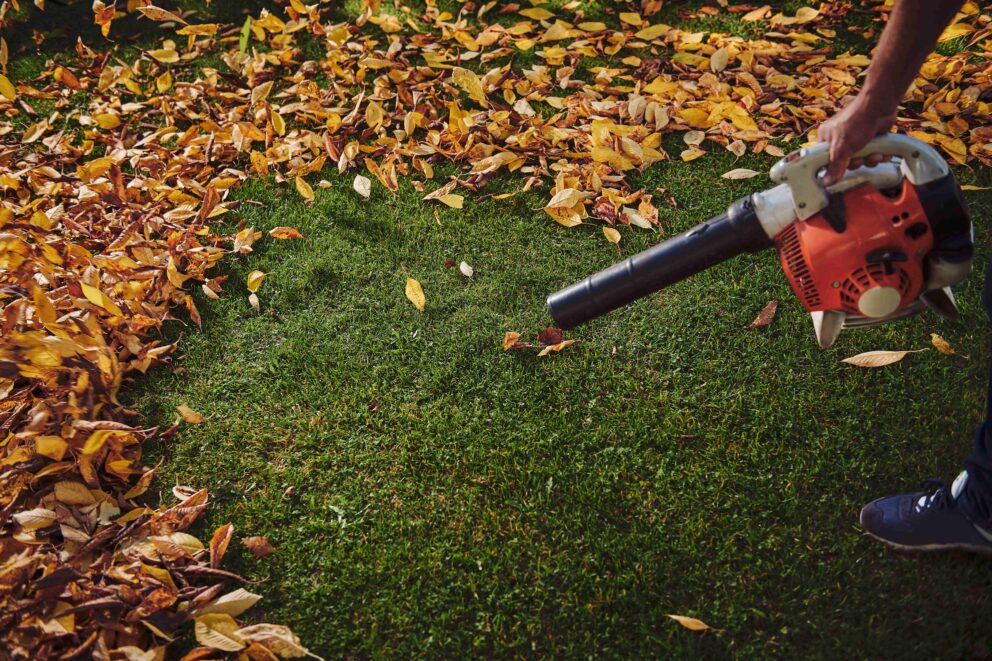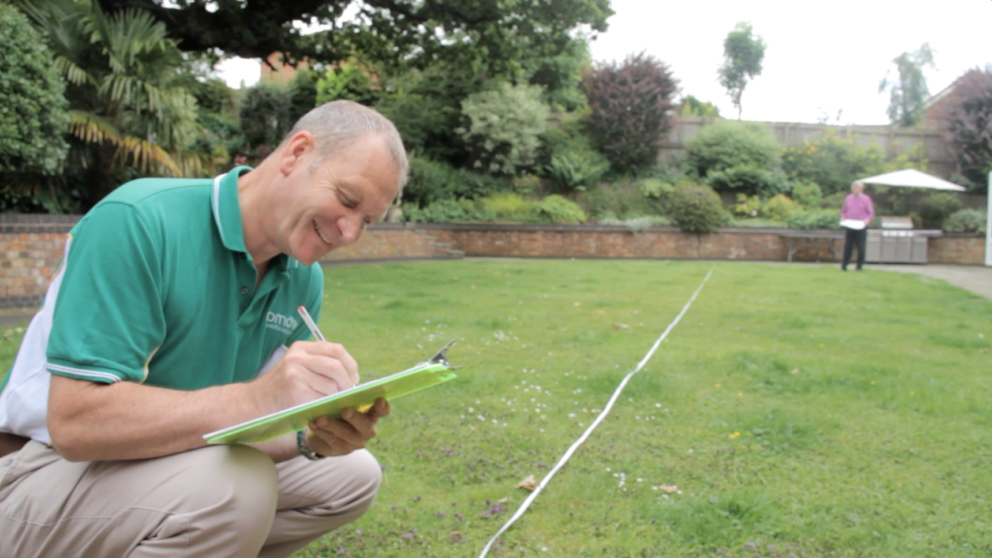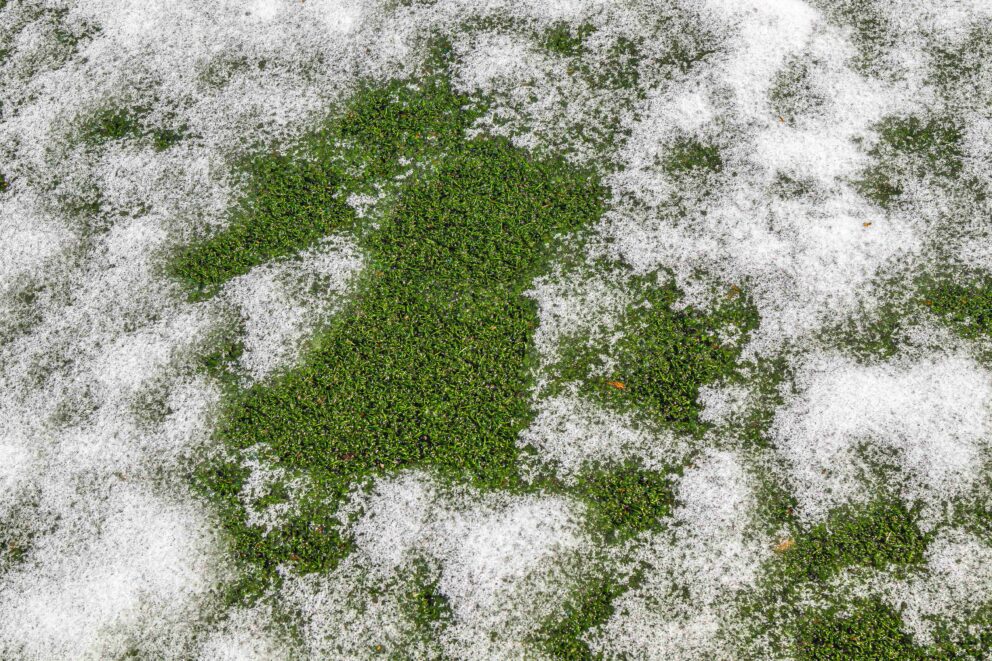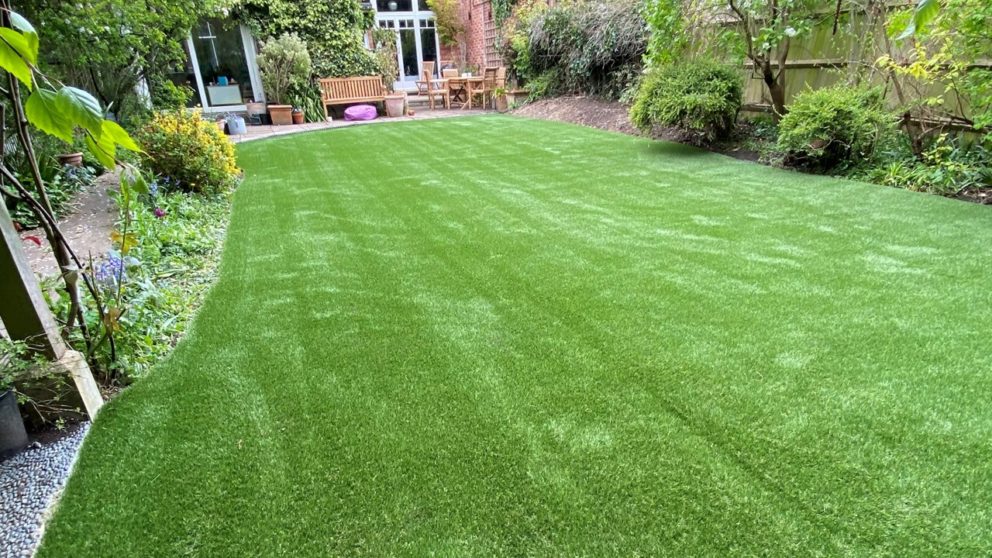The Benefits of Using a Leaf Blower on Artificial Grass
Using a leaf blower for artificial grass maintenance offers several advantages over other tools and methods. Here are some key benefits:
- Efficiency: A leaf blower allows you to quickly and easily remove debris from your synthetic grass, saving you time and effort. With just a few passes, you can clear leaves, twigs, and other lightweight debris.
- Gentle on Grass Fibres: Unlike rakes or brooms with metal tines, a leaf blower is gentle on the grass fibres and won’t cause any damage. This ensures that your artificial grass remains intact and maintains its natural appearance.
- Versatility: Leaf blowers come in various sizes and types, including handheld and backpack models. This allows you to choose the one that best suits your needs and the size of your artificial grass area.
- Ease of Use: Using a leaf blower is incredibly simple. With just a push of a button, you can start clearing debris from your artificial grass, making it a convenient and hassle-free tool for regular maintenance.
- Suitable for All Seasons: Whether it’s removing fallen leaves in autumn or clearing snow and ice in winter, a leaf blower is a versatile tool that can be used year-round to keep your artificial grass clean and well-maintained.
Now that we understand the benefits, let’s explore how to properly use a leaf blower on artificial grass.
Step-by-Step Guide: Using a Leaf Blower on Artificial Grass
Proper usage of a leaf blower on artificial grass is crucial to achieve optimal results without causing any damage. Follow these steps to effectively clean and maintain your artificial grass:
Step 1: Prepare the Area
Before using a leaf blower, it’s essential to prepare the area by removing any larger debris manually. Walk around your artificial grass and pick up sticks, branches, and any other large items that may be present. This step is important to prevent damage to the leaf blower and ensure a smooth cleaning process.
Step 2: Choose the Right Leaf Blower
Selecting the right leaf blower is crucial for effective cleaning. Opt for a lightweight leaf blower with plastic or bamboo tines, as they are gentle on the grass fibres and won’t cause any damage. Avoid using leaf blowers with metal tips or spikes, as they can rip or tear the mesh foundation of the artificial turf.
Step 3: Clear Debris with the Leaf Blower
Once you have prepared the area and chosen the right leaf blower, it’s time to start clearing the debris from your artificial grass. Here’s how to do it effectively:
- Hold the leaf blower at a distance of about 12-18 inches from the surface of the artificial grass. This ensures that the airflow is powerful enough to move the debris without causing any damage.
- Start from one corner of your artificial grass area and work your way towards the opposite corner. Use smooth and sweeping motions to blow the debris in the desired direction.
- Pay special attention to areas where debris tends to accumulate, such as around trees, shrubs, or lawn furniture. Use the leaf blower to clear these areas thoroughly.
- If there are any clumped leaves or heavier debris, you may need to manually remove them with a plastic rake or your hands before using the leaf blower.
- Continue blowing the debris until your entire artificial grass area is clean and free from any visible debris.
Step 4: Dispose of the Debris
Once you have cleared the debris from your artificial grass, it’s time to dispose of it properly. If the debris is organic, such as leaves or twigs, consider composting them or using them as mulch in your garden. If the debris is non-organic, such as plastic wrappers or papers, dispose of them in appropriate waste bins.
Additional Tips for Regular Maintenance
Using a leaf blower is an effective way to maintain and clean your artificial grass, but regular maintenance is still necessary to ensure its longevity and optimum performance. Here are some additional tips to keep in mind:
- Regular Cleaning: While using a leaf blower periodically is essential, it’s also recommended to perform regular cleaning with a power brush or a stiff broom. This helps to remove any embedded dirt or debris and keeps the grass fibres upright for a natural look.
- Spot Cleaning: For stubborn stains or sticky substances like chewing gum, use an artificial grass cleaner or a mixture of mild detergent and water. Gently scrub the affected area with a soft-bristle brush and rinse thoroughly with water.
- Snow and Ice: If your artificial grass is covered in snow or ice, avoid using metal shovels or sharp tools to remove them, as they can damage the grass fibres. Instead, use a plastic shovel or a brush to gently clear the snow or ice.
- Regular Inspections: Periodically inspect your artificial grass for any signs of damage, such as tears, loose seams, or infill displacement. Address any issues promptly to prevent further damage and ensure the longevity of your artificial grass.
By following these tips and incorporating regular maintenance into your routine, you can keep your artificial grass looking vibrant, clean, and well-maintained for years to come.
Maintaining and cleaning artificial grass is a simple process, especially when using a leaf blower. By choosing the right tool, following the step-by-step guide, and incorporating regular maintenance, you can ensure that your artificial grass remains in pristine condition throughout the year.
Remember to dispose of debris responsibly and perform regular inspections to address any issues promptly. With proper care and maintenance, your artificial grass will continue to provide a beautiful and low-maintenance alternative to natural grass.
So, grab your leaf blower, enjoy the ease of cleaning your artificial grass, and spend more time enjoying your outdoor space without worrying about the hassle of maintaining a natural lawn!
If you’re looking to buy artificial grass for your garden, click the button below.





